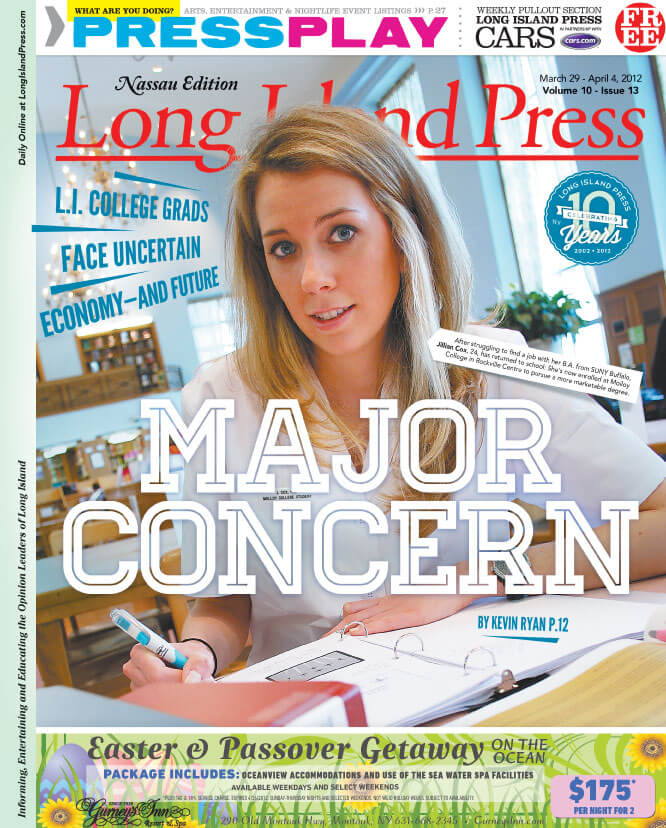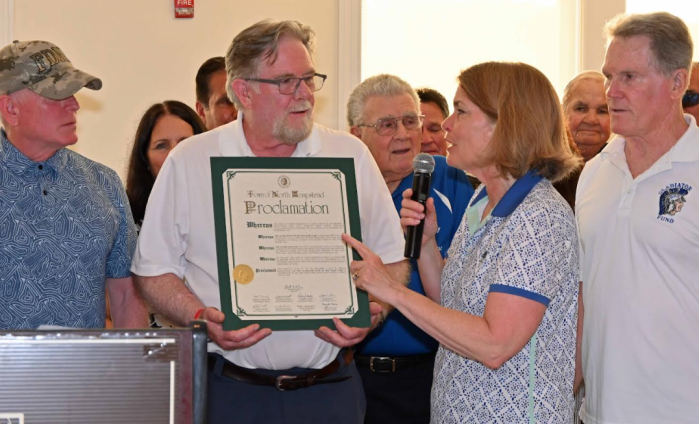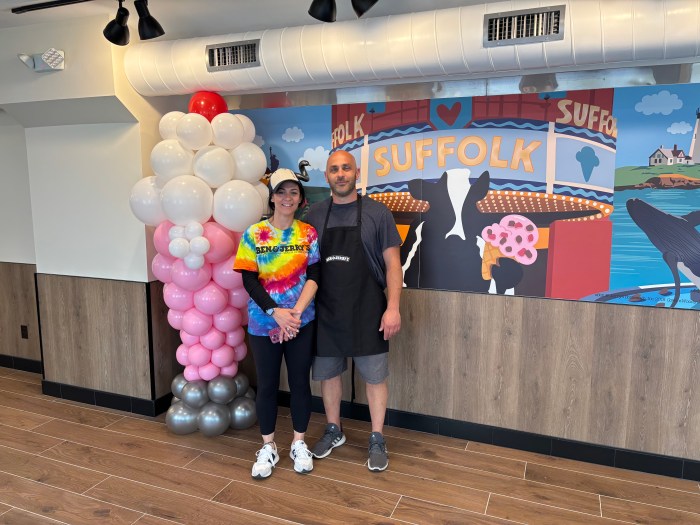
The current state of the economy has led a growing number of college graduates to question their decisions to pursue a degree in the first place, an investment that can put students tens of thousands of dollars in debt or more. A 2011 report, “Student Debt and the Class of 2010,” placed the average debt for a graduating student at $25,250. But a college degree pays for itself within about 10 years on average, Ray points out, so it’s generally a worthwhile investment, even if it might not always seem that way at first.
To get the most out of their education, though, students need to make sound decisions and receive solid advice from those in the know, because uninformed or ill-advised choices in the education process can stall a career down the road. Jillian Cox, 24, a student at Molloy College, earned her bachelor’s from SUNY Buffalo in 2009. She studied exercise science with the hope of working at a corporation as an exercise specialist. Her college advisors ensured her that such jobs would be available, but they offered little substantial information in the process.
“I remember I made an appointment to talk to my advisor about career options, and she just kept saying over and over in different words, ‘There are tons of options out there,’” says Cox. “I asked her to be specific and she just said, ‘There are a lot of opportunities. You have to look.’ I wish she would have said, ‘Yes, it is very hard to find a job with an exercise science degree.’”
After Cox graduated, she took a job as a therapeutic assistant at a hospital for children with special needs. The work was fulfilling but offered low pay and little possibility for upward mobility. She felt stuck. Eventually, she returned to school to work on a second bachelor’s, this time in nursing. The two-year program took many of her previous credits, which accelerated the process and saved her some money. Still, the misstep cost her time that could have been spent making money instead of spending it.
“I feel like everyone around me is moving forward,” she says. “I’m 24 and still in school accumulating more loans.
“It is partly my fault,” she admits. “I should have researched the major and possible careers before applying for it.”
It’s not uncommon for college-bound students to be unsure about what kind of degree they’d like to pursue—the most popular major in the country is “undecided,” points out Kim Semder, a guidance counselor at Great Neck North High School. In many cases, parents and counselors are more invested than students when it comes to declaring a major and finding a career.
“There are people out there who are really concerned, but I don’t think our kids are there yet mentally,” says Semder, who has almost two decades of counseling experience. “They’re not really looking four years down the road. They don’t even know what they’re going to be studying in four years.”
Rather than focusing on a particular field and choosing a school that specializes in it, many students decide to attend the school with the best overall reputation. This choice can offer the most freedom both in college and beyond, but, since the best names tend to carry the heftiest price tags, it can also pile on the loans.
And in cases like Jillian Cox, students might be confident they know what they’d like to pursue, only to realize the job market in that particular field has run dry. This is why, Semder stresses, it is essential they investigate the potential of a particular area before diving headlong into it.
“Do some research,” she advises. “See what the projections are for the career you might be thinking about in terms of: Are there jobs? What is the pay in those jobs?”
To start students thinking about this sooner rather than later, many guidance departments meet with them to discuss their future plans or to conduct career interest inventories—written surveys that measure students’ inclinations towards certain types of work. One-on-one meetings with students gauge what kinds of paths they envision themselves taking. When students are completely uncertain, guidance counselors like Semder will encourage students to think on the macro level and consider the type of environment in which they envision themselves: in an office or on street level; behind a desk or solo; helping others or in a competitive atmosphere.
But all this effort and preparation offers few guarantees, as students tend to be fickle: More than 50 percent of undergraduates change their majors at least once.
“A lot of times they think they like the idea of something, like medicine, and then they get there and they’re struggling in their physics or chemistry course,” she says. “A lot of students think they know what they want to do but don’t know what it takes to achieve that goal.”


































